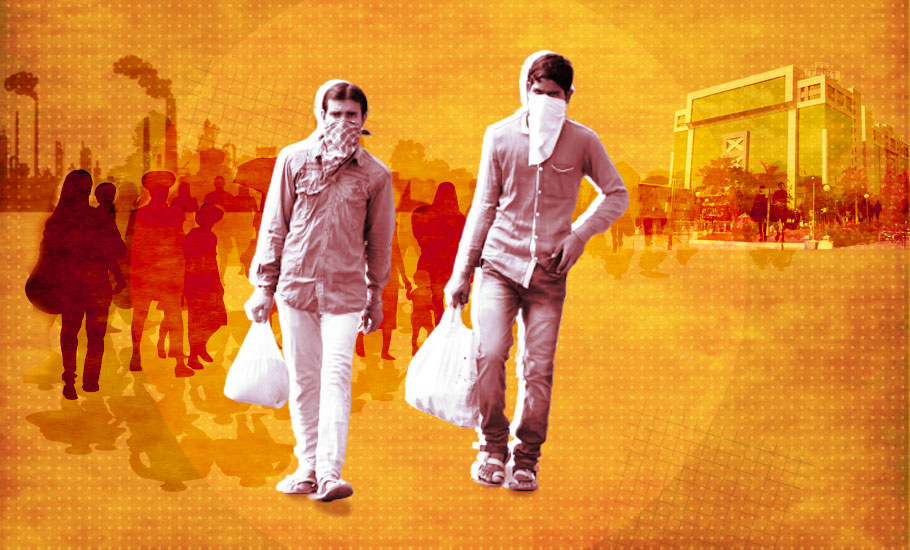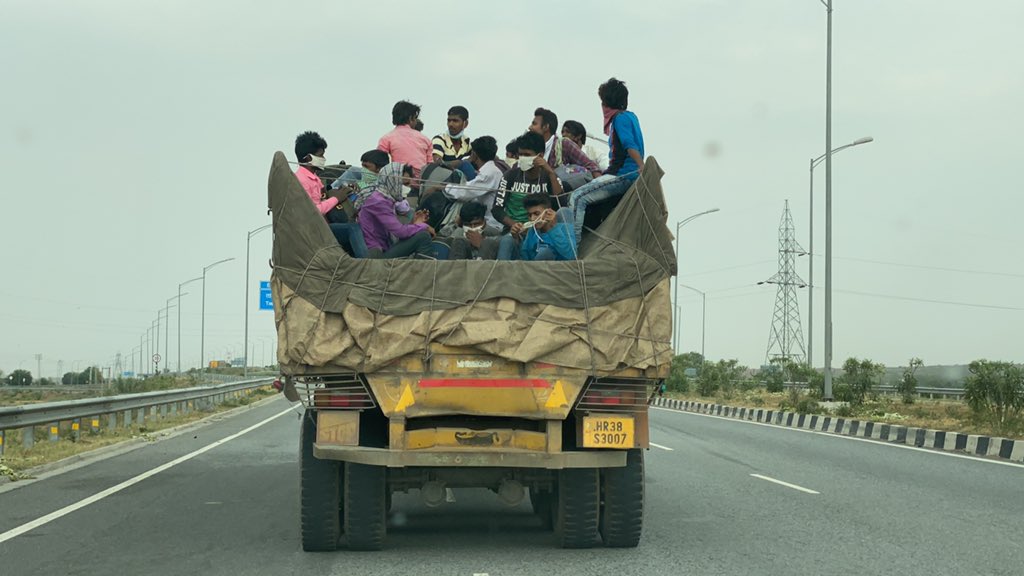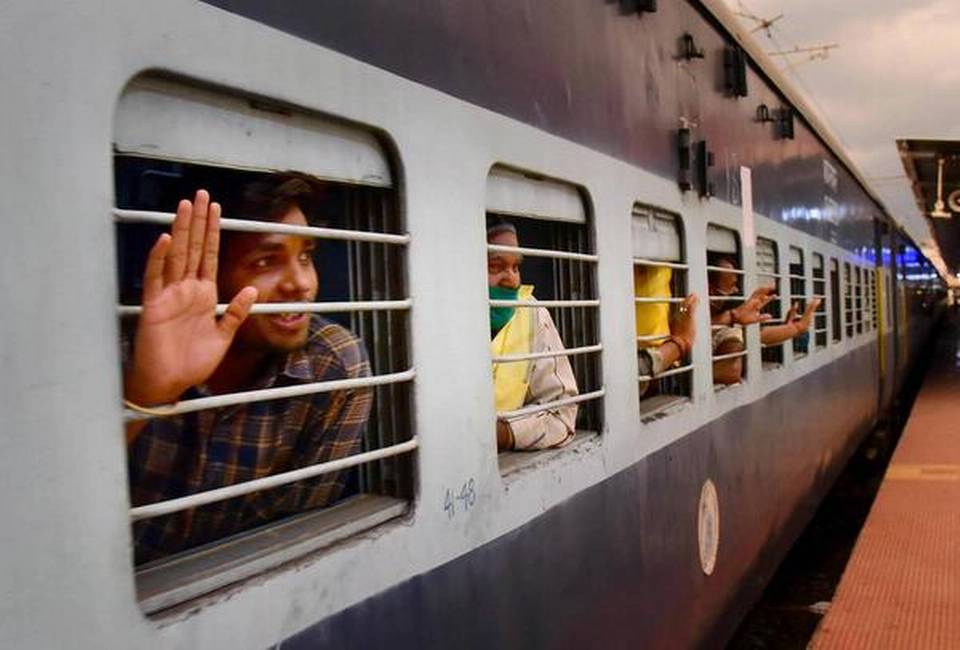
- Home
- India
- World
- Premium
- THE FEDERAL SPECIAL
- Analysis
- States
- Perspective
- Videos
- Sports
- Education
- Entertainment
- Elections
- Features
- Health
- Business
- Series
- In memoriam: Sheikh Mujibur Rahman
- Bishnoi's Men
- NEET TANGLE
- Economy Series
- Earth Day
- Kashmir’s Frozen Turbulence
- India@75
- The legend of Ramjanmabhoomi
- Liberalisation@30
- How to tame a dragon
- Celebrating biodiversity
- Farm Matters
- 50 days of solitude
- Bringing Migrants Home
- Budget 2020
- Jharkhand Votes
- The Federal Investigates
- The Federal Impact
- Vanishing Sand
- Gandhi @ 150
- Andhra Today
- Field report
- Operation Gulmarg
- Pandemic @1 Mn in India
- The Federal Year-End
- The Zero Year
- Science
- Brand studio
- Newsletter
- Elections 2024
- Events
- Home
- IndiaIndia
- World
- Analysis
- StatesStates
- PerspectivePerspective
- VideosVideos
- Sports
- Education
- Entertainment
- ElectionsElections
- Features
- Health
- BusinessBusiness
- Premium
- Loading...
Premium - Events

Chennai chutzpah: When the city labels migrants as ‘traitors’
The criticism against migrants leaving Chennai city seems unjustified as experts believe most of the city's population comprises settlers from outside and it is outsiders who built the city.

When Mohan (name changed) first came to Chennai five years ago, the city seemed cold and confusing. It took him months until he actually felt at home here. Soon everything that used to unsettle him about Chennai in the beginning – the maze of flyovers, the endless stream of cars, the crowded streets and the constant noise – became a part of his daily life, something that he looked forward...
When Mohan (name changed) first came to Chennai five years ago, the city seemed cold and confusing. It took him months until he actually felt at home here. Soon everything that used to unsettle him about Chennai in the beginning – the maze of flyovers, the endless stream of cars, the crowded streets and the constant noise – became a part of his daily life, something that he looked forward to every morning. It wasn’t long before he started calling Chennai his home. Every trip to his native village in Coimbatore made him long to get back to his life in Chennai.
“Chennai felt like home. Even the noise and the fast pace started to feel soothing in a way,” Mohan says, recalling his daily life in the ‘big city’ until Covid-19 changed everything. As the novel coronavirus tightened its grip and a lockdown ensued, Mohan and many like him were forced to go back to their native villages. “There was no guarantee when things would get back to normal, there still isn’t. In such a scenario the only logical thing to do seemed like going back to my family and being with them,” he adds.
Things took a sharp turn when after the months-long lockdown Mohan was told by his employer that he will have to take a deep pay cut and, if he wants, he can work from his village.
“I decided to vacate my rented place and go back to Coimbatore and work from there. It didn’t make sense to waste money on rent when I was working from home,” says Mohan, who works as a mid-level executive with an IT company.
But more than the deep pay cut what hurt him was the sudden change of heart among his ‘friends’ back in Chennai.
“There was a barrage of tirade against people like me, especially from the natives of Chennai. The city people, some of them my friends, started calling us traitors. Some even accused the migrants of being thieves and leaving Chennai when disaster struck.”
Some Chennai residents, he says, even started to blame the migrants for all the crimes that took place in the city, citing the low crime rate now that the migrants left the city during the lockdown.
I dislike and hate your twit, because corona not come and affected on the basis of colour, race and religion, this is virus disease, how you competent to say, corona has affected the Chennai city only by the migrants. Sans migrants the chennai would not have developed.
— P.Balasundaram (@PBalasundaram7) April 30, 2020
Soon, social media was full of such posts in Tamil. A common refrain was “Thirumbi Varumpothu Thirunthi Vaarungal (When you return, realise your mistake and rectify them before coming back).”
The intent of such malicious posts seemed clear—to make the migrant population feel guilty about going home, overlooking the fact that these migrants would otherwise have had to stay in the city without any livelihood and suffer.
“Somehow, it seems that some city residents fail to appreciate the efforts and contribution of migrants in building the very city they live in,” feels Mohan.
His friend from Vellore, Nandan, looks equally hurt. “How come suddenly we have become outsiders? Don’t people make a city?
A city that wasn’t built in a day
Foreigners and ‘outsiders’ have made significant contributions in making the centuries-old city Chennai—earlier Madras. Starting from the first arrival of the Portuguese in 1522 to the Dutch in 1612, the British in 1639 and the French in 1746, ‘outsiders’ have played a huge role in giving the city its industries, schools, colleges, hospitals and churches.
Chennai, much before it was even called Madras, was known as ‘Puliyur Kottam’, under the province of Thondaimandalam.
Britisher Francis Day, who had bought a piece of land along the coast from a king to set up a factory for the East India Company in 1639, is credited with building the city and is referred to as the founder of Madras.
He built Fort St George, the first major British settlement not only in the city, but in the whole of India. And surrounding the fort, a bustling city started to emerge, known as George Town, which was also called as Black Town, housing natives.
The name Madras was given by the British based on an early fishing hamlet ‘Madarasapattanam’ in the region, which was said to be derived from ‘Madarasan’, a fisherman head of the fishing community. Many historians claim today’s Royapuram could be the ancient Madarasapattanam.
Development of industries
With the settling of the British, fishing gave way to weaving which became a major occupation in the region, turning the settlement into a mini city. The British built textile factories and the city became a major port along the Silk Route.

In the 1850s, they established leather industries for tanning skins and hides in another part of the larger Madras Presidency, which is now Vellore. Between 1850 and Independence, the British established sawmills, timber depots, and several other industries. The construction of railway lines between Beach and Tambaram turned the city into a complete industrial hub.
All this brought in a large number of migrants from various parts of the country to work in the industries.
Post-independence, besides being the capital of Tamil Nadu, Madras was one of the main cities of the country owing to its prior development. And because of this, new industries looked to set up base here, as they did in Bombay or Calcutta. This saw the establishment of almost every type of industry in the city attracting physical labour, skilled labour including intellectual expertise. This led to a major expansion of the city both spatially and population wise.
The development of industries was backed by the financially well-off people from other parts of the state such as Naattukkottai Chettiars and Nadaras of Sivagangai district and Brahmins of Thanjavur and Madurai districts. Conglomerates such as Murugappa Group, TVS, India Cements, are a testimony to this.
In the 1970s, the then DMK regime started establishing industrial estates every 50 km, leading to the emergence of Guindy and Ambattur estates. The setting up of the IT industry in the 1990s led to another influx of migrants on a large scale.
Culture, politics, society influenced by migrants
The migrant population not only contributed to the growth of industries, but also to fields such as politics, cinema, literature and medicine.
The Dravidian movement was started by Periyar EV Ramaswami, who had his roots in Erode district. Likewise, his followers CN Annadurai, R Nedunchezhiyan and M Karunanidhi, who introduced new styles of public speaking, were from Kancheepuram and Thanjavur.
It was after the entry of dialogue writers like Karunanidhi, Thangaraj, Aaroor Daas and lyricists such as Marudhakaasi, Pattukkottai Kalyana Sundaram that Tamil cinema started to shift from purana-themed scripts to social dramas , says Ajayan Bala, a writer, in his article.
“It was NS Krishnan, a native of Kanyakumari district, who used ‘Madras Baashai’ (the local Tamil dialect spoken in Chennai) for comedy sequences. In 1962, Chandrababu used Madras Baashai throughout the film for the first time in ‘Policekaaran Magal’. He was from Thoothukkudi,” he writes.

Dr B Ramamurthy, who is considered the ‘Father of Neurosurgery in India’, was a native of Thanjavur and went on to establish the neurological department in Rajiv Gandhi Government General Hospital in Chennai in 1950.
Today, Chennai has become one of the major cities in the world but it still depends on other districts for various needs. It has to depend on Delta districts for rice, Tiruppur for textiles, Veeranam lake in Cuddalore for water and entire Kongu belt for foundries.
Criticism against migrants unjustified
When the city depends on other districts for its needs, can it survive without the migrant manpower?
“These criticisms cannot be taken seriously. Because most of the times, the natives of Chennai themselves criticise the city,” says writer Bakkiyam Sankar, a well-known chronicler of the city.
The city has always been welcoming to migrants. It never pushed them away, he says.
“Many think that the fishermen here were all natives of the city. But we have fishermen working here from Madurai, Ooty and other districts, which are not known for fishing. People from Kerala are the ones running most of the bakeries and tea stalls here. People from North India run the pawn shops. The city cannot survive without them,” says Sankar.
He, however, feels the latest spate of ‘attacks’ on social media are more like angry exchanges between two estranged friends. “When a dear friend leaves you, you are ought to feel hurt. Even though some Chennai locals seem miffed with the migrants, it doesn’t mean that the migrants won’t return to the city.”
Historian Venkatesh Ramakrishnan is more forthcoming. He says that the city should be instead grateful to the migrants.
“Chennai has people from various corners of the world living here. We can find people from all states of India. Except the fishermen community, nobody can claim to be the true sons of soil. This kind of exodus was seen even during the World Wars, famine, etc. So, it is not new for people to return to their native villages during the pandemic.”
Chennai, he says, is built by the migrants and it cannot live without them.
